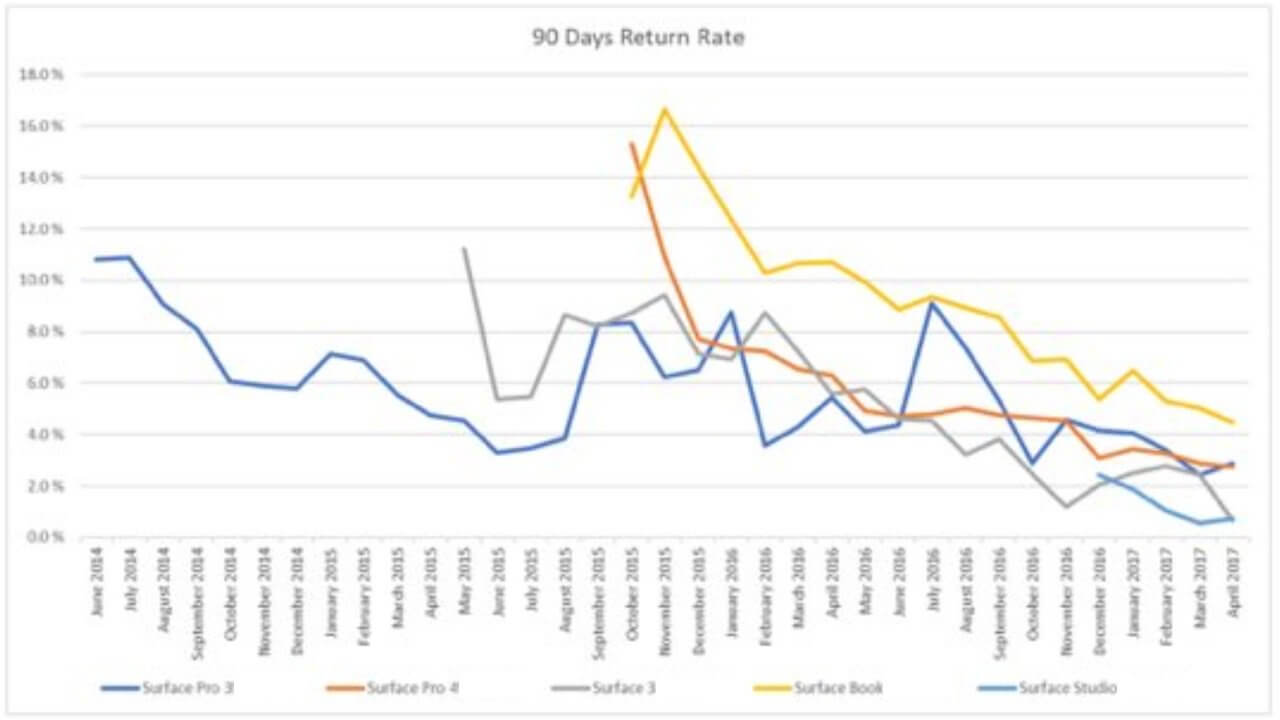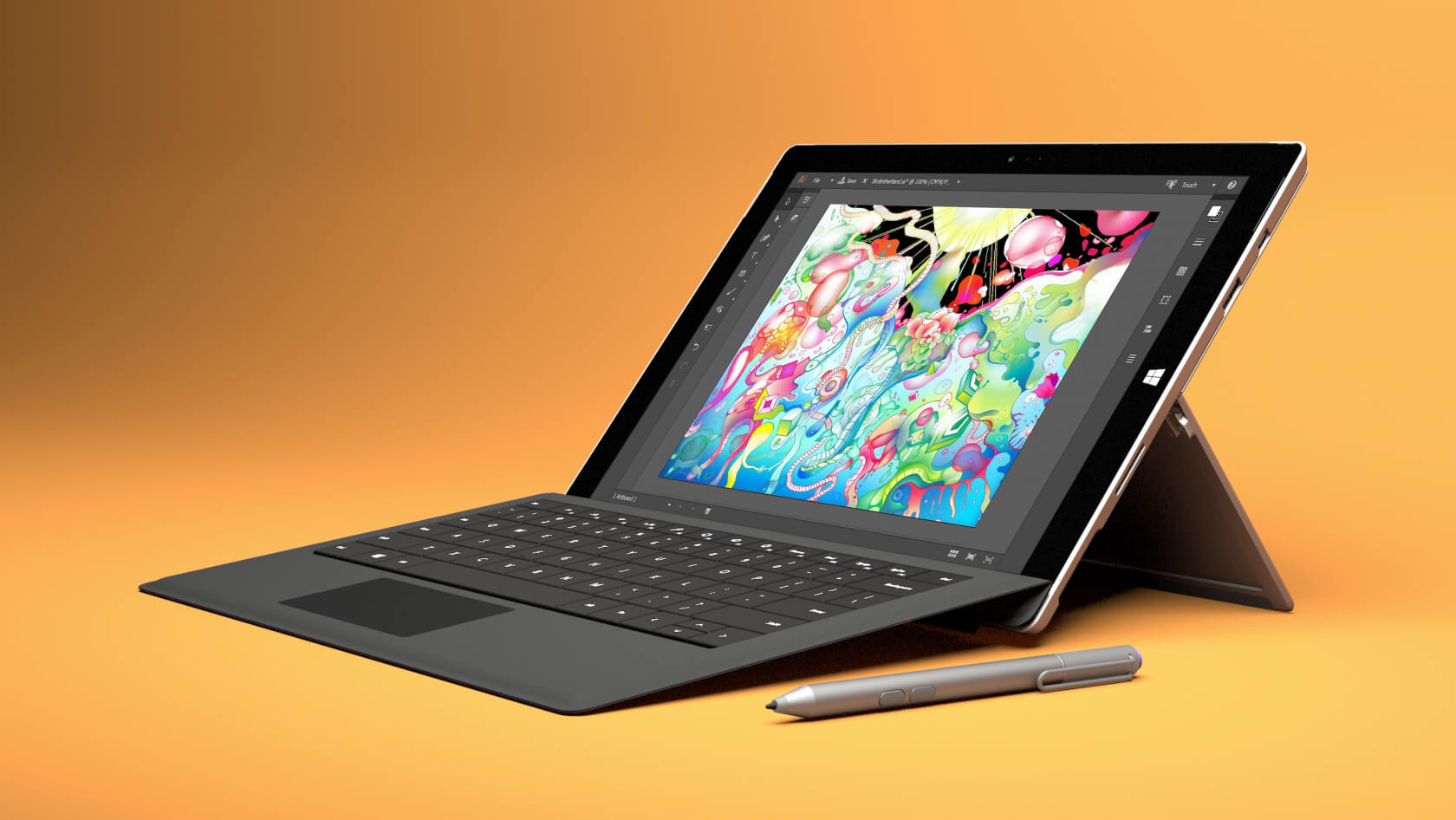A negative review from Consumer Reports can be damning for a product. The non-profit has long been a reliable source when trying to determine the value of goods. Millions of people give the opinions of Consumer Reports high regard when making purchasing decisions.
Ever since the watchdog group recently withdrew its recommendation for the Surface line of tablets and laptops due to poor reliability, Microsoft has been in damage control mode. The tech giant insisted in an email to CR that it believes the data they used was not accurate. It claims that the real-world return rates for the devices are considerably different from the ones that Consumer Reports published.
Tech blogger Paul Thurrott allegedly uncovered an internal company memo written by Corporate Vice President of Microsoft Devices Panos Panay. In it, Panay vowed that the company would work with Consumer Reports to learn from its data, improve customer satisfaction, and get them to "reverse their findings."
"Feedback like this stings, but pushes us to obsess more about our customers," said the Surface VP.
The memo admits that there were significant problems with the release of the Surface Book and others in the line and that the return rates early on were quite high (above 10 percent). However, a graph included in the document showed that return rates have been declining on the entire Surface family since the company began addressing the issues. Currently, only about one to five percent of the devices are returned.

Panay suggested that Consumer Reports survey sample may have a disproportionate number of early Surface users who are still angry over their purchases. He also put forward that perhaps CR's definition of "failure" was too broad and included things like the occasional "frozen screen or unresponsive touch [pad]" as failures. Microsoft considers these things "minor incidents that are easily rectified by the user."
Thurrott points out that when Surface returns were at a high, Microsoft blamed Intel for the problems. It claimed that the Skylake chipsets were causing the failures. As a result, Microsoft switched to ARM processors. However, one of Thurrott's sources told him that the blaming of Intel was just a cover story for the fact that Windows developers had botched drivers and settings that were custom-made for Surface devices.
Now, two years later, the company is facing the consequences of a stinging Consumer Reports rating. All the company can do is try to convince the advocacy organization to change its mind. It would not be the first time CR has reevaluated a product and changed its recommendation.
Late last year Apple failed to get a Consumer Reports recommendation for the new MacBook Pros thanks to inconsistent and shortened battery life. Apple investigated the problem and discovered that a bug in Safari was causing the battery life issue. Developers fixed the problem, and Consumer Reports agreed to re-test the MacBook Pro. After a second look, CR did indeed change its mind and gave the laptops its recommendation.
Microsoft has an opportunity to redeem the reputation of the Surface line, but just telling Consumer Reports that it is wrong is not likely to get them to reconsider. Redmond will have to prove that it has rectified the problems with its products before the consumer group is likely to revisit its recommendation.
